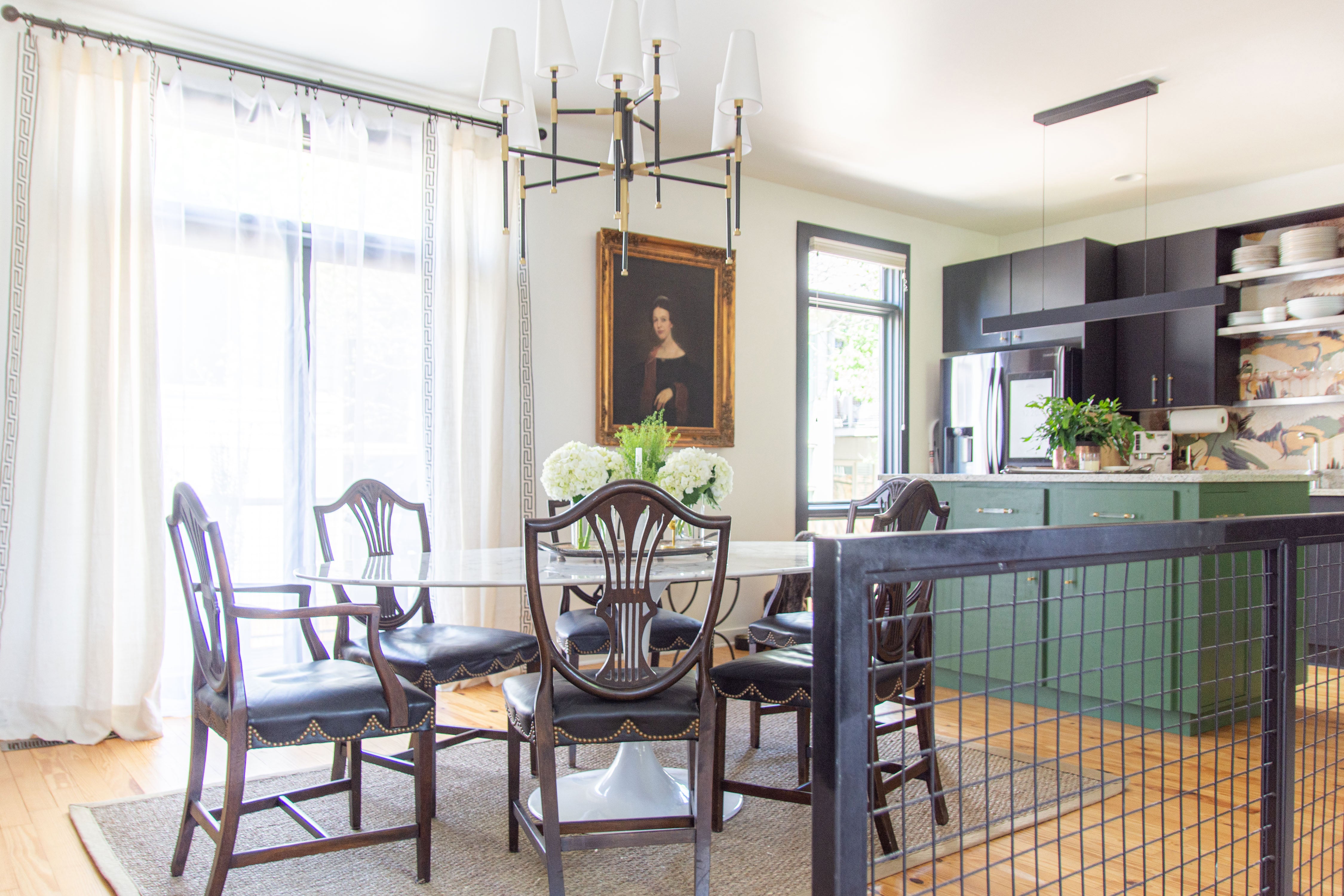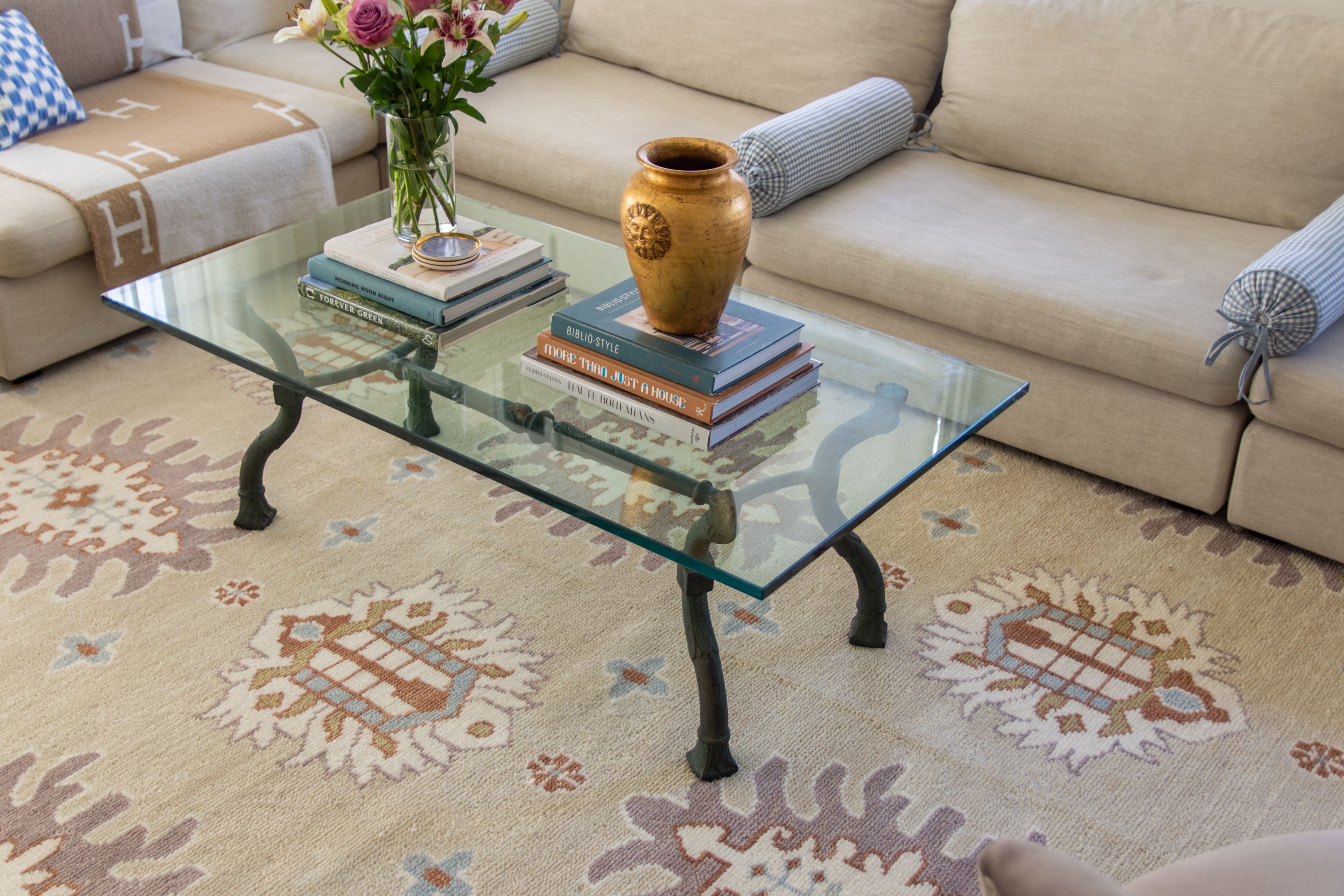Upgrade Unlocked: 6 Insider Tips to Finance Your Dream Home Makeover
Everyone dreams of a home that reflects their personal style and meets their unique needs, but the path to achieving this can often seem financially daunting. In this guide, we'll unlock the door to successfully financing your dream home makeover, offering you six insider tips that pave the way for an affordable transformation.
From understanding your budget to exploring unconventional funding options, we're here to help you make informed decisions that bring your vision to life without breaking the bank. Whether you're planning a major renovation or a simple refresh, these strategies are designed to empower homeowners at any financial starting point.
Assess Your Budget Realistically
Before you start dreaming big, it's essential to have a clear picture of your financial situation. Sit down and review your savings, income, and expenses to understand how much you can afford to spend on your home makeover. Consider using a budgeting app or spreadsheet to track your finances and identify potential savings areas to allocate more funds to your project.
Allocating a contingency fund within your budget is also wise, as renovations often uncover unexpected costs. By planning for these unforeseen expenses, you ensure they don't derail your project or cause unnecessary stress down the line. Your home improvement budget should be realistic and flexible, allowing for adjustments as needed. Plus, by having a solid understanding of your budget from the start, you can make more informed decisions about which upgrades to prioritize.
Explore Financing Options
Once you have a budget in mind, explore different financing methods to fund your makeover. Home equity loans and lines of credit are popular choices, offering relatively low-interest rates and tax-deductible interest. Personal loans and credit cards may be suitable for smaller projects, but be cautious of higher interest rates that can significantly increase your project's total cost.
Government loans and grants can also be a valuable resource, especially for energy-efficient upgrades. Research local and federal programs that offer financial incentives for homeowners making sustainable improvements to their properties.
Prioritize Your Projects
Not all renovations offer the same return on investment (ROI). Prioritizing projects that increase your home's value can make financial sense in the long run. Kitchen and bathroom remodels are typically high on the list, but don't overlook less glamorous upgrades like roof repairs and insulation improvements, which can significantly impact your home's energy efficiency and resale value.
Consider phased renovations to spread the cost over time. Start with projects that are most important to you or that offer the highest ROI, and plan future upgrades as your budget permits.
DIY Where You Can
Do-it-yourself (DIY) projects can save money and add a personal touch to your home makeover. Painting, tiling, and minor carpentry work are great starting points for those with a bit of skill and patience. However, know your limits. Electrical, plumbing, and structural work typically require professional expertise to ensure safety and compliance with building codes. Before starting a DIY project, research thoroughly and invest in the right tools. Mistakes can be costly, so it's essential to approach each task with preparation and care.
Find the Right Contractor
For work beyond DIY capabilities, finding the right contractor is crucial. Get multiple quotes to ensure you're getting fair pricing and check references and online reviews to gauge the quality of their previous work. A reputable contractor can provide valuable insights and help you avoid common pitfalls.
Always have a detailed contract in place before work begins. This document should outline the project's scope, timeline, costs, and payment schedule, and clearly state the process for any changes to the original plan.
Invest in Quality Materials
While it might be tempting to cut costs by choosing cheaper materials, investing in quality can save money in the long run. Higher-quality materials often last longer, perform better, and can increase your home's value. This doesn't mean you need to choose the most expensive option but rather look for the best value.
Research and shop around. Sales, discount outlets, and online marketplaces can be sources of high-quality materials at lower prices. Consider the material's longevity, maintenance requirements, and how it fits with the overall design of your makeover to ensure you're making a smart investment.
Transforming your home into the space of your dreams is an exciting venture that, with careful planning and strategic financial management, doesn’t have to overwhelm your budget. By assessing your financial situation, exploring various financing options, prioritizing projects with the best ROI, undertaking DIY tasks where possible, choosing the right contractor, and investing in quality materials, you can achieve a successful home makeover.
The key to any home improvement project is to balance your desires with your financial reality, ensuring that your renovations not only enhance your living space but also add value to your home. With these insider tips, you're well-equipped to make informed decisions that lead to a rewarding and financially savvy home transformation.










